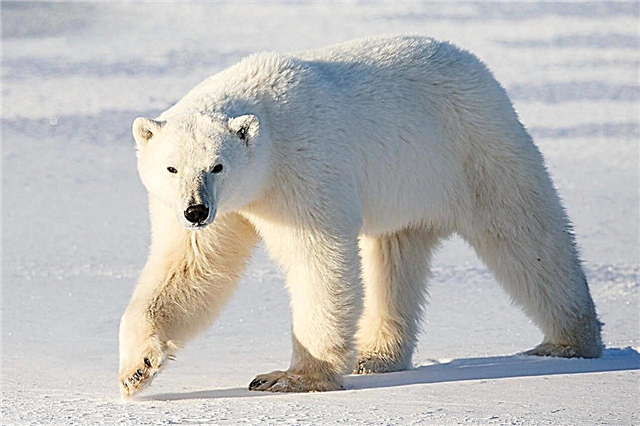
With the onset of cold weather, each person begins to prepare for possible diseases. Another thing is flu, for the effective fight against which you need to see a doctor as soon as possible. Why does flu appear in the winter and often turn into outbreaks, epidemics, pandemics?
What is flu and how does infection happen?
Influenza belongs to acute respiratory viral infections (ARVI). Its main cause is the flu virus. Hypothermia, as well as a decrease in immunity, are just related factors. A characteristic feature of influenza is its rapid spread. It is due to the special properties of the virus. A person can become infected with influenza type A, B, and C. Moreover, once they enter the cell, these viruses can exchange genetic information that is contained in their RNA. As a result, new forms of influenza viruses are formed and also spread rapidly. With the onset of the next season of the disease, the body does not have time to develop immunity to new forms of the virus.

A cloud of contaminated particles remains on surrounding objects. The virus is highly resistant, so it can remain active for several hours in open space. If at the same time you start cleaning or use objects that have got these particles, you can also become infected. The virus again enters the air and in this case they speak of an air-dust transmission path.
Flu seasonality
Scientists put forward various theories regarding why the flu is activated precisely in the autumn-winter period of the year. It is worth considering separately two issues - the emergence of influenza in the winter and the emergence of epidemics at this time of year.
Various influenza viruses arise in winter due to migratory birds, which are their main carriers. In autumn, a large number of waterfowl gather in Southeast Asia. There they wait the winter. Birds are in close contact, so there is an exchange of genetic material between them. As a result, new strains of the influenza virus arise. In the winter, they remain active and dangerous for humans and animals longer.
Previously, experts identified several main reasons for the rapid spread of influenza in the winter. They relied mainly on human behavior. Firstly, in the cold season, people are more likely to be indoors - they are more in contact with each other, including with possible carriers of the virus. The same goes for public transport.
Secondly, less sunlight comes in the winter, so the body lacks vitamin D. It plays an important role in strengthening the immune function. Although there is no immunity against influenza, the ability to resist infection is further reduced. Also, when inhaling cold air, narrowing of the blood vessels in the nose occurs. This is necessary to reduce heat loss. As a result, blood cells that must resist germs make it harder to get to the nasal mucosa.
However, all these factors do not fully explain the spread of influenza in winter. The most likely cause is air humidity. Scientists have proven that dry air is more favorable for influenza viruses than humid. In winter, there is a large amount of precipitation, but the air becomes drier than at other times of the year.
Interesting fact: Columbia University researchers led by Jeffrey Sheiman studied influenza statistics for 30 years and compared them to climate change. The results showed that as soon as the relative humidity decreases, another flu epidemic arises.
Influenza virus becomes most active in the autumn-winter period for several reasons. Firstly, wild birds that are going to wait the winter in certain areas are most closely in contact at this time. They are the main carriers of influenza viruses. So there are new strains that spread rapidly. Also in winter, the air becomes drier, despite the intensity of precipitation. Scientists have proven that such conditions are more favorable for viruses. Moreover, at low temperatures they remain active longer.












